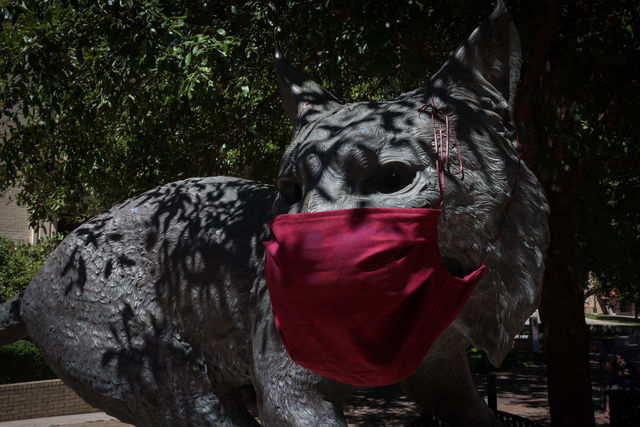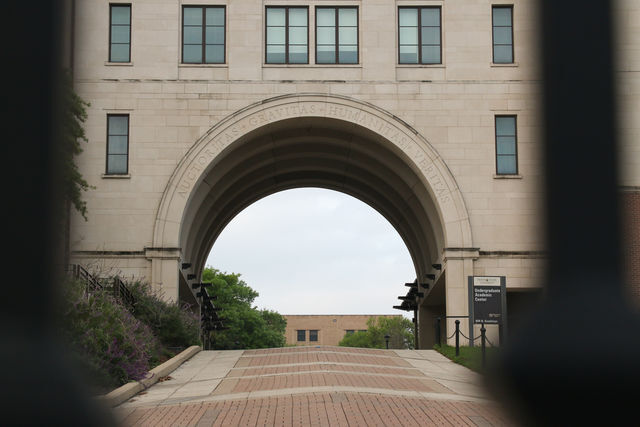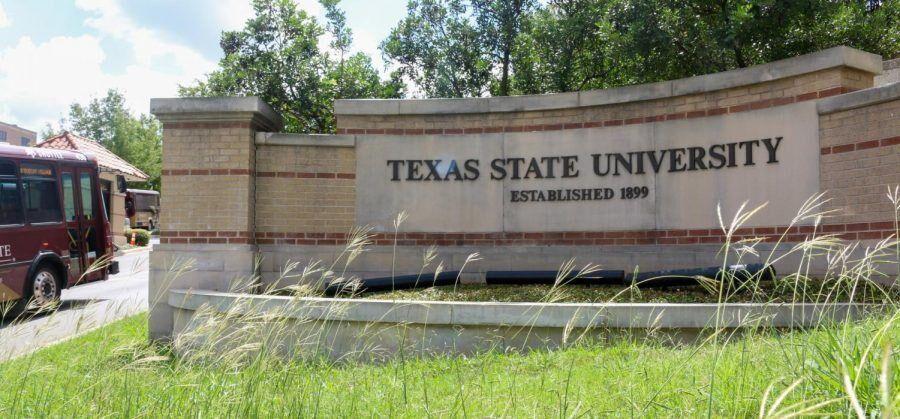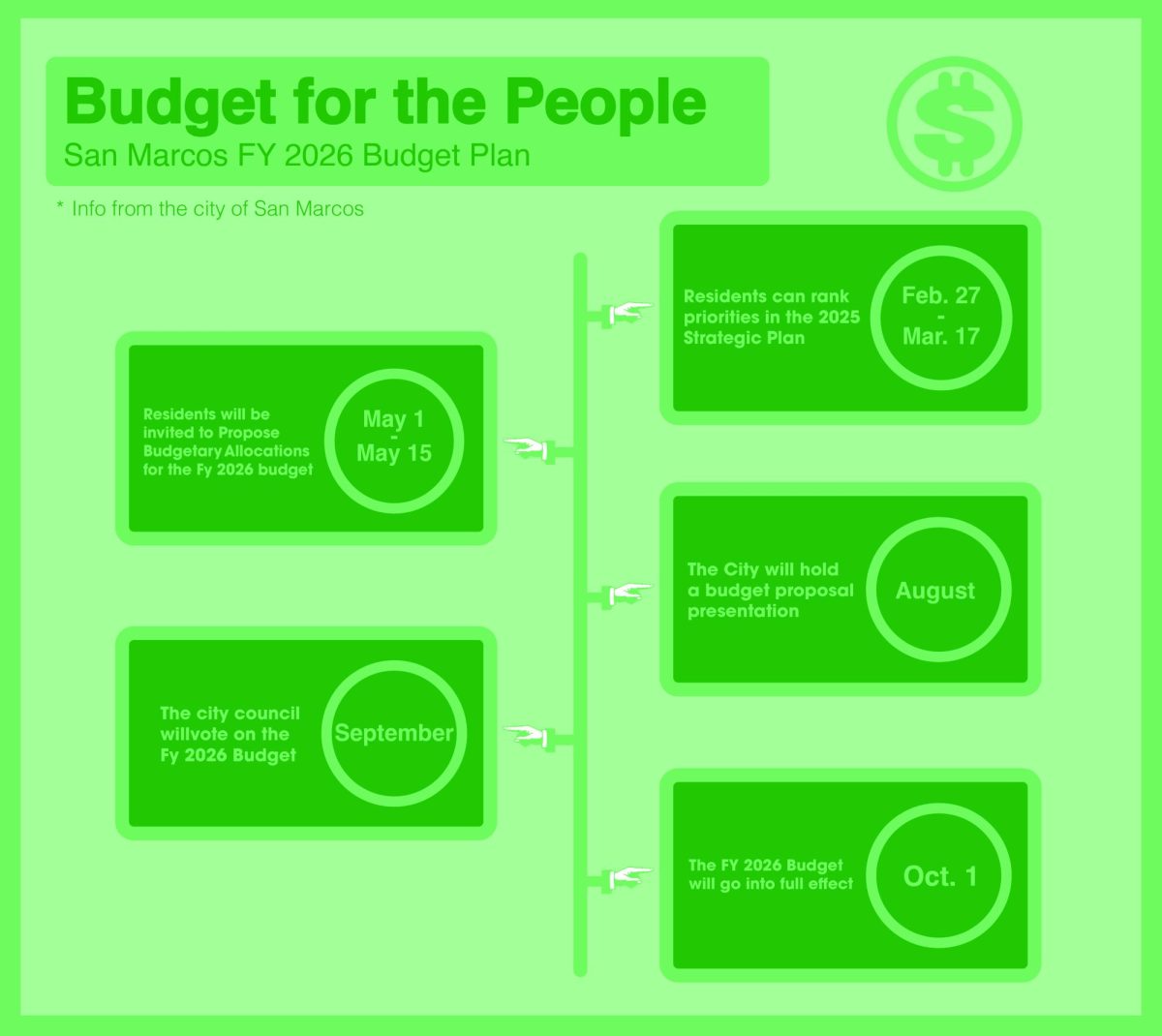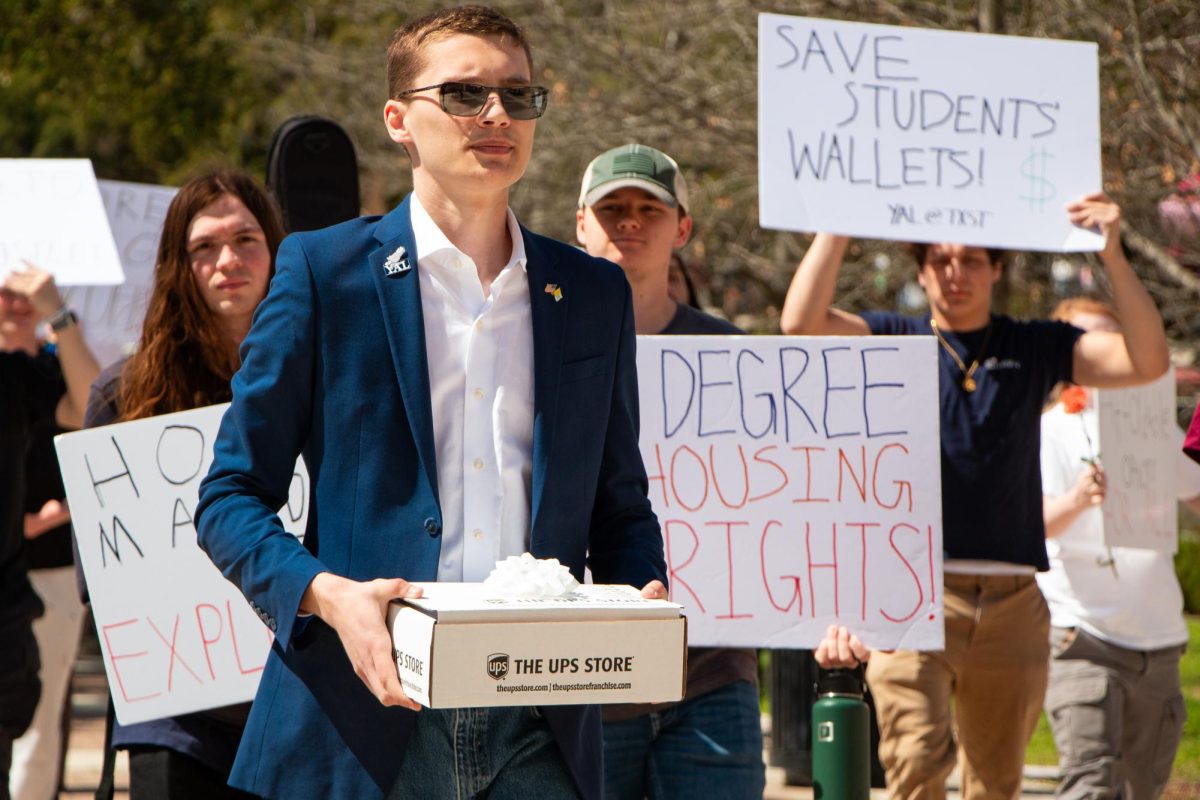Update, May 11
Texas State will officially receive $92 million from the American Rescue Plan, a total on par with what university and government officials estimated weeks ago when the funding was announced.
At least half of the money will be required to go to students, though Texas State says its early plans have it spending at least two-thirds of the money on students.
“Our commitment to higher education reflects out support for both individual student wellbeing and achievement and our need for a highly educated, competitive work force,” says U.S. Rep. Lloyd Doggett (D-TX) via a press release. “Good news for our Dreamers, who have faced so much uncertainty, and for all students and higher education leaders, who have encountered so many pandemic challenges.”
Original Story
University officials are expecting to receive more than $90 million in funding from U.S. President Joe Biden’s American Rescue Plan, at least half of which will be required to go toward emergency financial aid grants to students.
The Department of Education has not yet released exact funding totals — and it is unclear when the DOE will or how Texas State will receive the money.
But the expectation from the university and U.S. Rep. Lloyd Doggett (D-TX), who represents San Marcos, is that Texas State will receive the estimated amount, more than local institutions such as the University of Texas at Austin. UT anticipates more than $85 million from the bill.
Texas State’s Hispanic Serving Institution designation plays a major factor in the amount of funds it will likely receive compared to other schools, according to officials in Doggett’s office.
“Our current early plans would have us spending closer to two-thirds of the funds on student grants, refunds, waived fees and other forms of financial support,” says Eric Algoe, Texas State’s vice president for Finance and Support Services, in a response via email.
“I want to emphasize that all of our plans [with the funds] are fluid at the moment. We have until September 2023 to spend the funds, and I expect guidance and clarifications to continue to create the need to alter our plans for at least the next few months.”
Texas State’s early plans for the funding also include paying for COVID-19 expenses, salaries of select employees doing work directly related to COVID-19, modifications to classrooms and enhanced technologies and restoring some of the revenues lost directly as a result of the pandemic.
Doggett believes the money is a “strong funding boost.”
“These funds are a real rescue plan for students — a group that has endured so much in this pandemic, coping with semester after semester of altered finances, living situations, job possibilities and more,” Doggett says in a written statement to The University Star.
Doggett’s office got its funding estimates from the American Council on Education, a membership organization focused on higher education, which got its own calculation based on the formula in the bill — the same formula used by the DOE.
“If there are changes [to the funding], it’s going to be very, very minor,” says Sarah Laven Jones, Doggett’s senior policy adviser.
Texas State will have discretion over how it distributes the funding to students. The 2020 Bobcat Cares funding application requested students explain their financial difficulties to determine who was eligible. Spring 2021 funding did not include that requirement.
Some students told The Star they were unhappy with the amount of funds they received from the dispersal of the previous $9.4 million Bobcat Cares grant, especially compared to what they received in 2020.
Although Algoe says the American Rescue Plan funds will help the university avoid the need for budget cuts, the funds do not stop administrative plans to issue a one-time 50% recapture of balances in academic unit M&O (Maintenance and Operation/Management and Operation) accounts.
Provost and Vice President for Academic Affairs Gene Bourgeois recently laid out a plan to take back half the money issued to academic units for this fiscal year and allot the funds to other university endeavors, such as Texas State’s Big Ideas. The remaining 50% of money left in academic M&O accounts will carry over into the next fiscal year.
The Faculty Senate plans to discuss opinions and concerns regarding the one-time sweep at its April 28 meeting.
This is a developing story. The University Star will provides updates as they become available.



